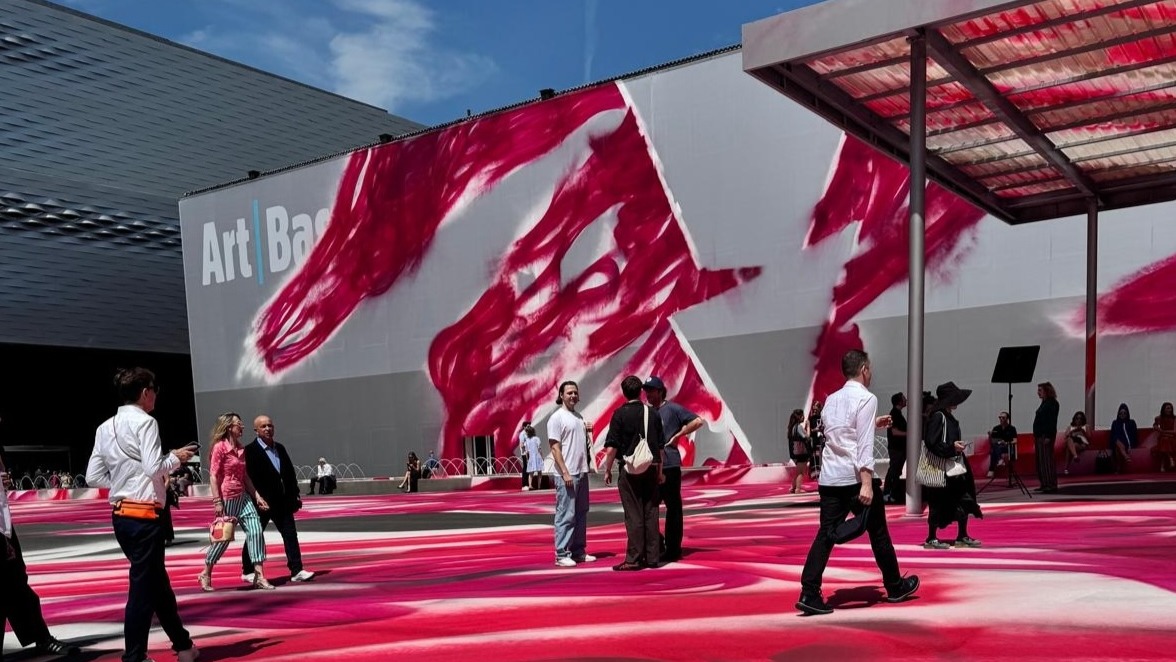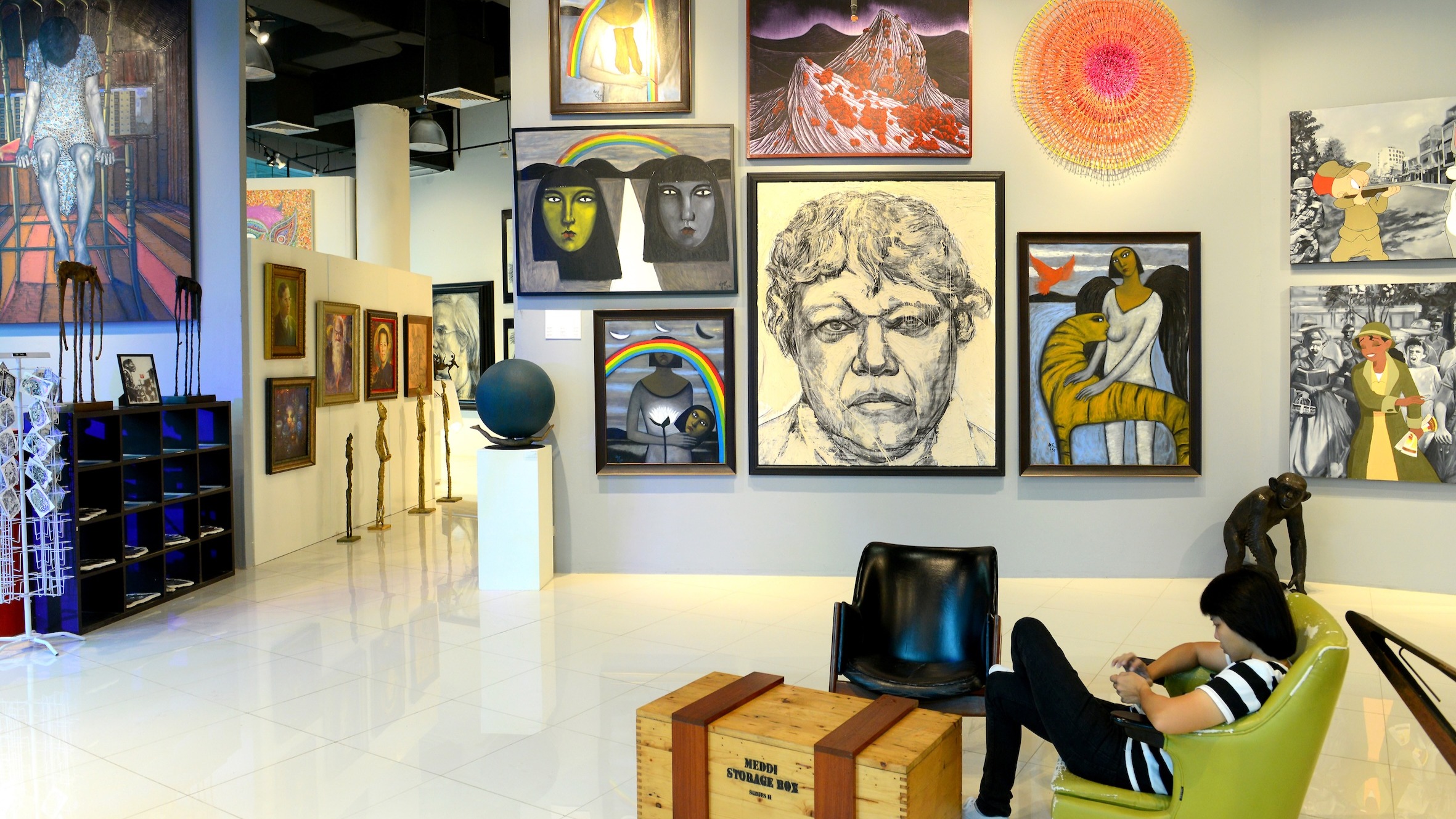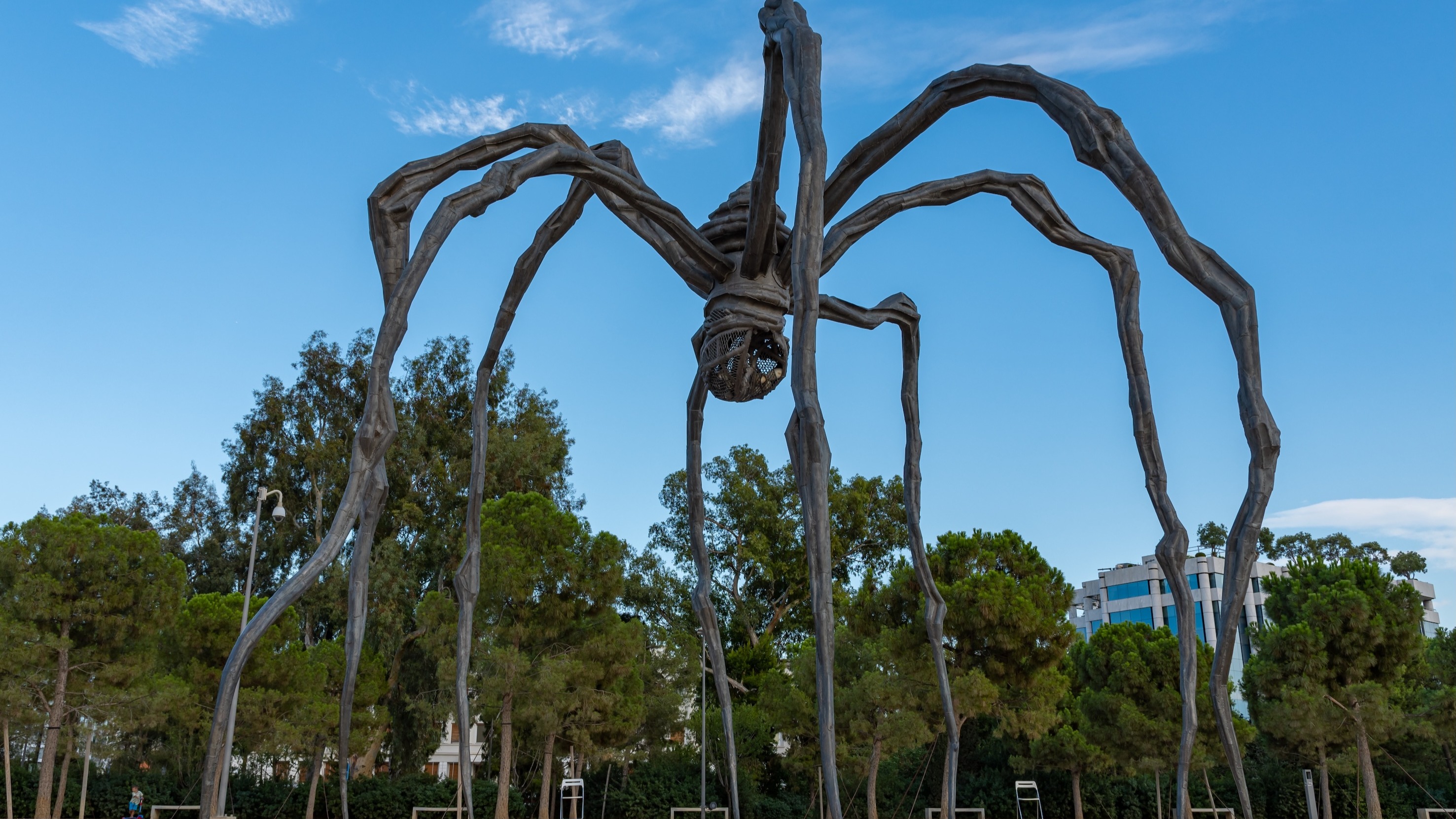
Miart 2024: No time No Space
'No Time No Space' was the leitmotiv of the 28th edition of miart, the Milanese international modern and contemporary art fair. This title connected once again to the musical metaphors on which Nicola Ricciardi has based the identity of the fair since his appointment as director in 2021. For this edition, in fact, miart borrowed the words of a famous song by renowned Italian singer Franco Battiato to underline:
'the intention to extend its boundaries even further, both in terms of time - further widening the offer of artworks from a chronological point of view - and geography - increasing its presence into the urban fabric through unprecedented collaborations with the city's main institutions'.
The absence of temporal and spatial boundaries emerged quite clearly while visiting the fair. Galleries were highly international: the fair welcomed 180 galleries (a double-digit increase compared to 2023) from 28 countries around the world. Miart confirmed its steady growth, not only in the quality and number of participating galleries - 40% of which are coming from abroad - but also in the presence of international, established as well as emerging, artists, collectors and art professionals.
Miart was divided into three sections.
When accessing the fair, you immediately entered the 'Emergent' section, curated by Attilia Fattori Franchini and dedicated to galleries promoting the newest generations of artists. There were 23 galleries in total in this section, with a wide heterogeneity of geographical provenance and an interesting mix of returning galleries, such as ArtNoble (Milan), Bel Ami (Los Angeles) and Sans titre (Paris), as well as new entries, such as Arcadia Missa (London), ASHES/ASHES (New York) and Sweetwater (Berlin).
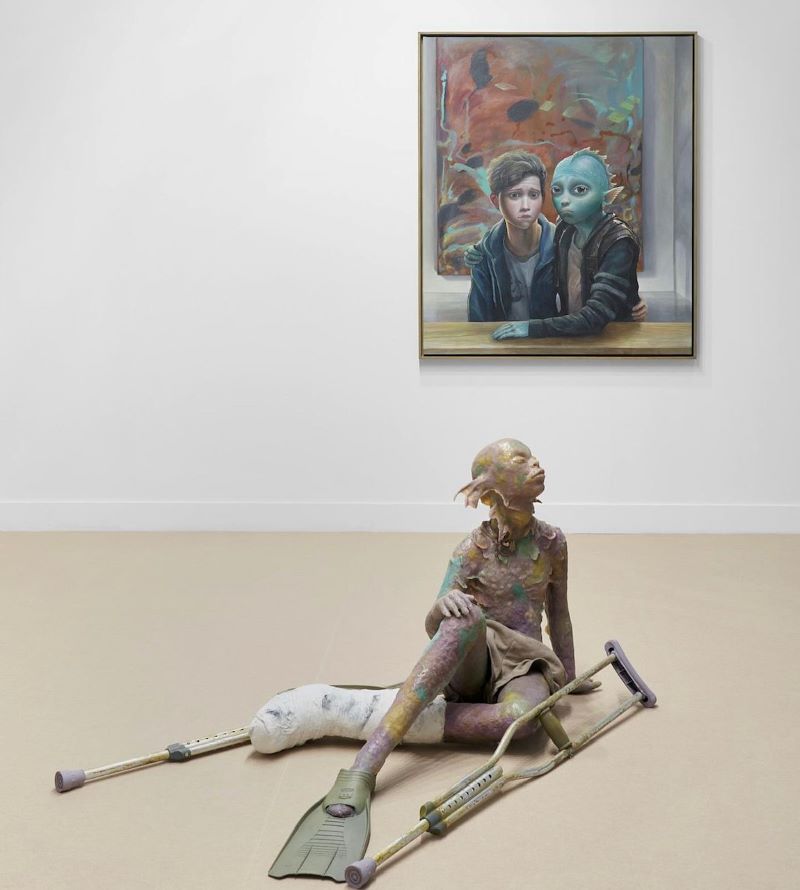 |
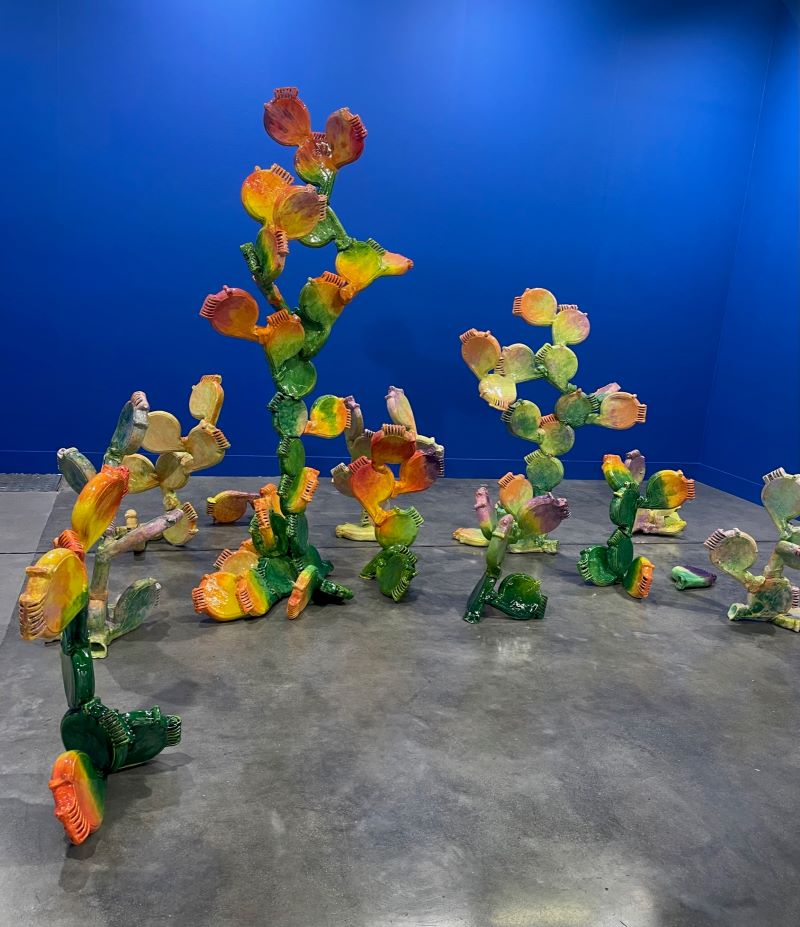 |
Ashes/Ashes booth, displaying works by Michele Gabriele |
ArtNoble gallery booth, displaying works by Luca Staccioli |
The section presented artists’ solo shows, such as the case of ArtNoble gallery, exhibiting an installation by Luca Staccioli , as well as artworks by different artists as in the case of Arcadia Missa gallery, which instead presented works by Jesse Darling, Jan Vorisek and Nnena Kalu.
The main section of the fair, called “Established” hosted galleries which presented both recent works as well as pieces produced before the year 2000 and highlights a high heterogeneity in terms of spatial and temporal references. The section features well known Italian galleries, such as Lia Rumma and Cardi Gallery as well as international galleries that for the first time joined the fair, such as Greengrassi (London) and Super Dakota (Brussels).
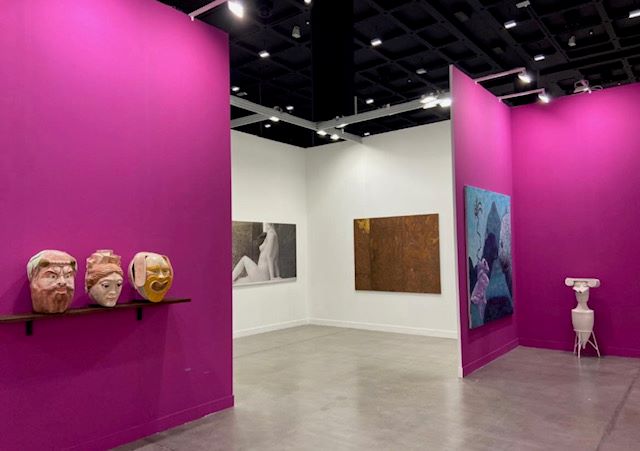
Lia Rumma booth, displaying works by Vanessa Beecroft, Gian Maria Tosatti, Wael Shawky
The section was very diverse in terms of artists’ geographical provenance, generations and media adopted, featuring paintings, photographs, sculpture and installations and heterogeneous artists’ research.
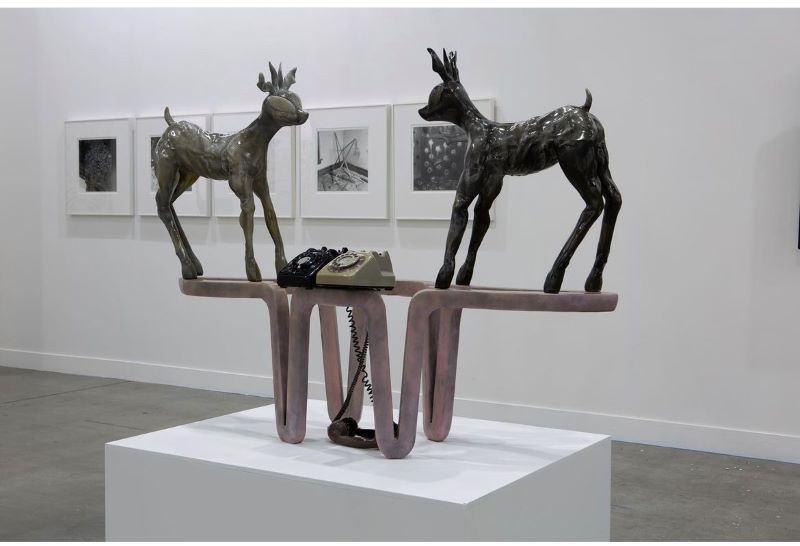
SuperDakota booth, displaying artworks by John Divola and Isaac Lythgoe
The novelty of this edition was the introduction of the new section “Portal”, curated by Julieta González and Abaseh Mirvali, featuring selected galleries proposing small exhibitions distributed throughout the main section, “designed to discover or rediscover universes and artistic practices that are only apparently coming from far away and from distant times: a window to look at the present through parallel dimensions and unconventional prisms”, as explained by the fair representatives. The artists represented in this section were Anna Boghiguian (Galleria Franco Noero), CATPC (KOW), Birgit Jürgenssen (Galerie Hubert Winter), Francesco Gennari (Ciaccia Levi/ZERO...), Maria Lai (Nuova Galleria Morone), Bertina Lopes (Richard Saltoun Gallery), Troy Makaza & Gresham Tapiwa Nyaude (First Floor Gallery Harare) and Franco Mazzucchelli (ChertLüdde).
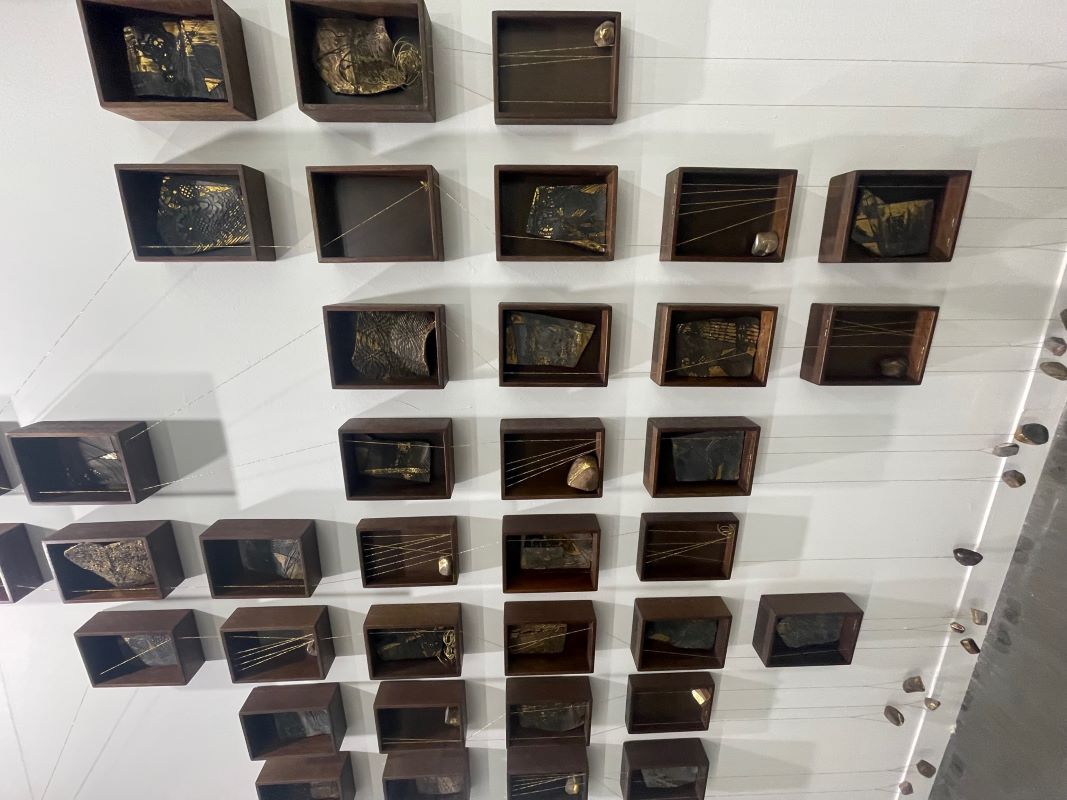
Nuova Galleria Morone booth, displaying a solo show by Maria Lai
The fair also showcased interesting partnerships, such as the one with Intesa SanPaolo bank, which not only contributed to the fair as a main sponsor, but also by providing an exhibition, curated by Luca Beatrice, aiming at providing a platform of visibility for Italian emerging artists. This year, the project showcased works by Chiara Baima Poma, Luca de Angelis, Ismaele Nones and Nicola Verlato.
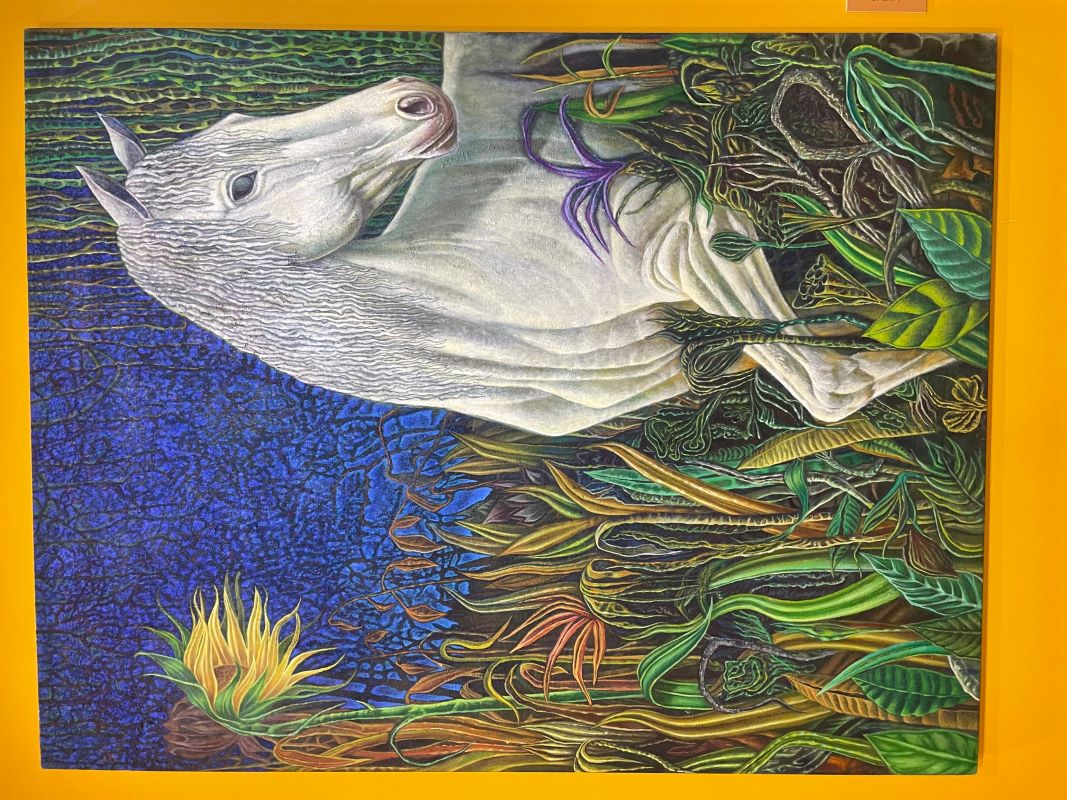
Gallerie d’Italia / Intesa San Paolo booth, work by Luca de Angelis
The fair has been an interesting journey within diverse cultures, generations, media and exhibit’s approaches. Following the growth of the last few years, miart confirmed itself as a high quality and diverse fair, demonstrating its potential to become one of the most interesting fairs in the European scenario.


